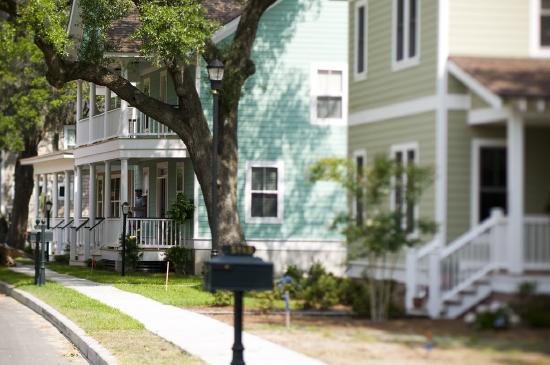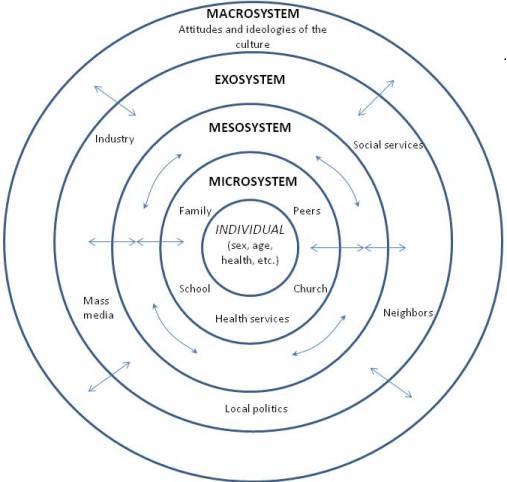4.1: What is Community?
- Page ID
- 127533
Community:
A Community is a socialization agent, because children learn the expectations of adults and will model those around them within the community. Within communities, children are given the opportunity to build relationships that support their social, emotional, and physical development and can help them to succeed in life. But not all communities are created equal. In this chapter we will; learn what a community is, what some of the benefits and drawbacks of certain communities are and how the community plays a role in the child’s development.

What is a community?
The term "community" is used in several ways, but a common definition is the concept of belongingness (Solomon, Watson, Battistitch, Schaps, & Delucci, 1996). Further, Furman (1998) states that a community is not established until its members feel a sense of belonging, community members trust each other, and feel safe (Osterman, 2000). Community can be used to describe a territorial or geographical entity or community can be relational, describing the nature of human relationships (McMillan & Chavis, 1986). In the context of child development, we can define community narrowly (a classroom community) or broadly (a city or state). Communities can be large or small. They can be vibrant or static. They can be a positive force or a negative force. Communities are ever changing because the people change. But some aspects of community never change.
A community serves both as a place for the individual and family as well as for the larger group. It can be a place for small groups or family only groups to congregate or it can be a place for the larger community to band together. This sense of community can be found most often in times of stress and disasters. When the Campfire happened in Butte County in 2018 in which over 150,000 acres burned and 85 people lost their lives, (Calfire, 2019) people came to help in droves. A community struck by devastation donated food, shelter and time. Not only did the small mountain community help, but so did many around the country.
In Bronfenbrenner’s ecological theory, he identified communities in the mesosystem; how communities interacted with families and peers and schools. He also identified communities in the exosystem as the history and values and economic condition of a community. And as we'll learn a little later on, it can also be found in the Macrosystem due to the political ideologies of the community and the services available to those that live there.

There are other theories and theorists that have studied the way neighborhoods and communities have affected children's development. Some of the other theories we will take a look at are:
- Stress Theory, which identifies the danger of exposure to physical toxins such as lead in the soil and paint as well as neighborhood violence on children's development.
- Social Organizational Theory which is characterized as the strength of local institutions and the amount of willingness of the community to become involved on behalf of the common good.
- Institutional Model Theory which holds that the resources of the community rather than the neighbors make the most difference.
How might the community or neighborhood a child lives in, contribute to their socialization? Let's look at the types of neighborhoods children live in, as well as what each has to offer. The political climate of an area, transportation, pollution, cultural opportunities, social services, all go into contributing to the lives and socialization of children. We will also brainstorm resources that neighborhoods have to offer families living in them.
References:
Osterman, K. F. (2000). Students' need for belonging in the school community. Review of educational research, 70(3), 323-367.
Solomon, D., Watson, M., Battistich, V., Schaps, E., & Delucchi, K. (1996). Creating classrooms that students experience as communities. American Journal of Community Psychology, 24(6), 719-748.
"Camp Fire". fire.ca.gov. CAL FIRE. November 15, 2019. Archived from the original on September 8, 2020. Retrieved February 2,2022.

